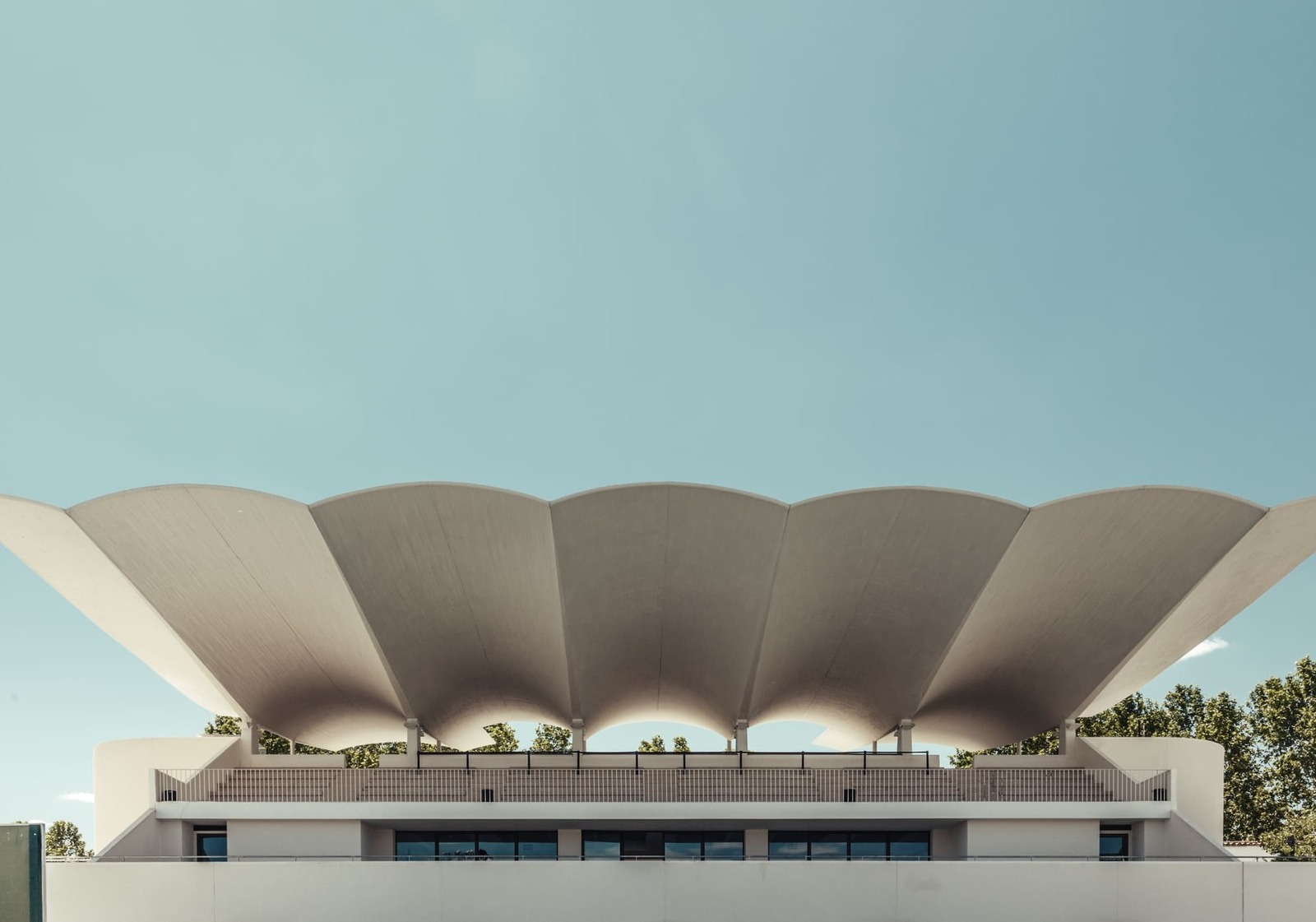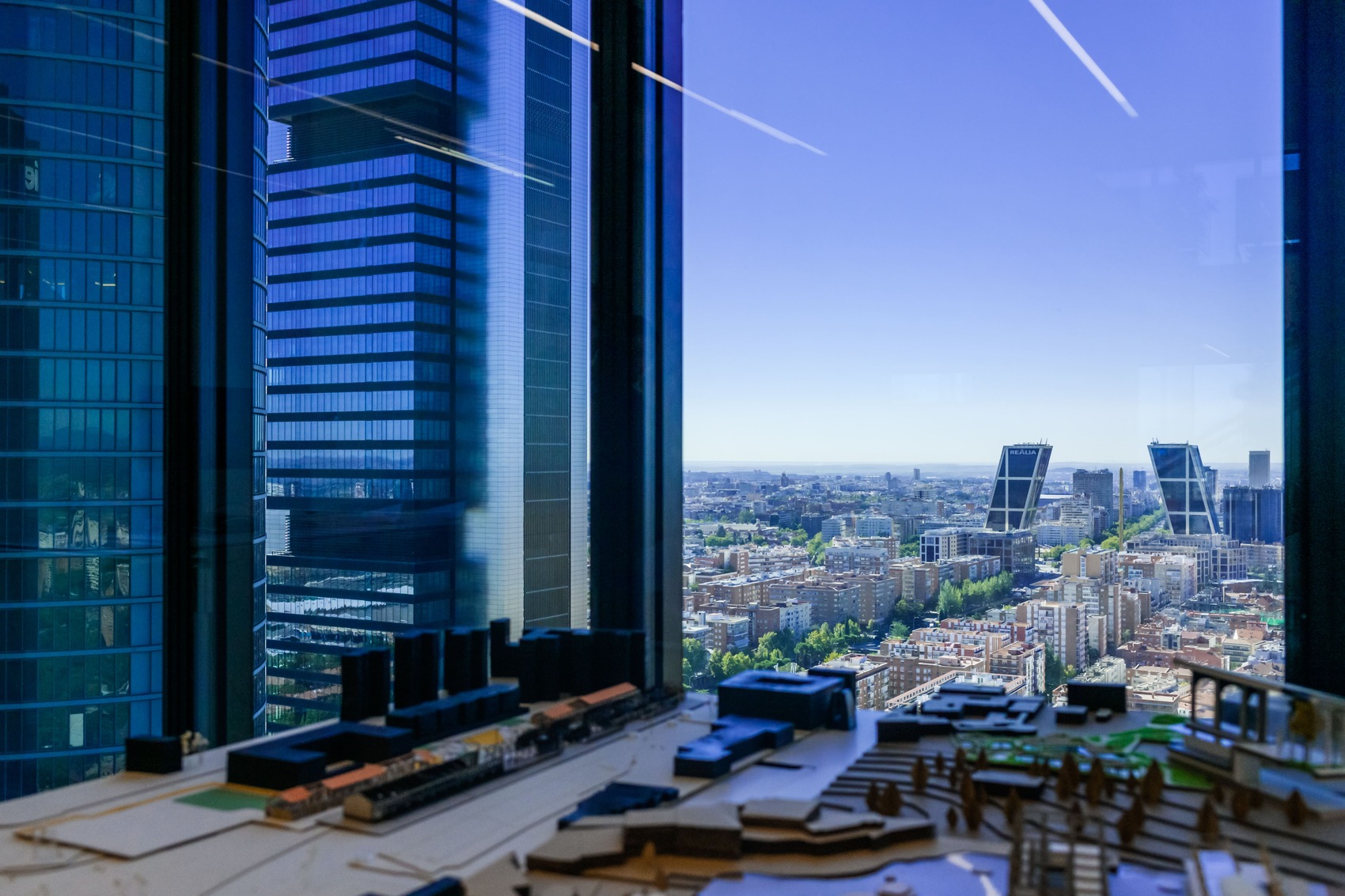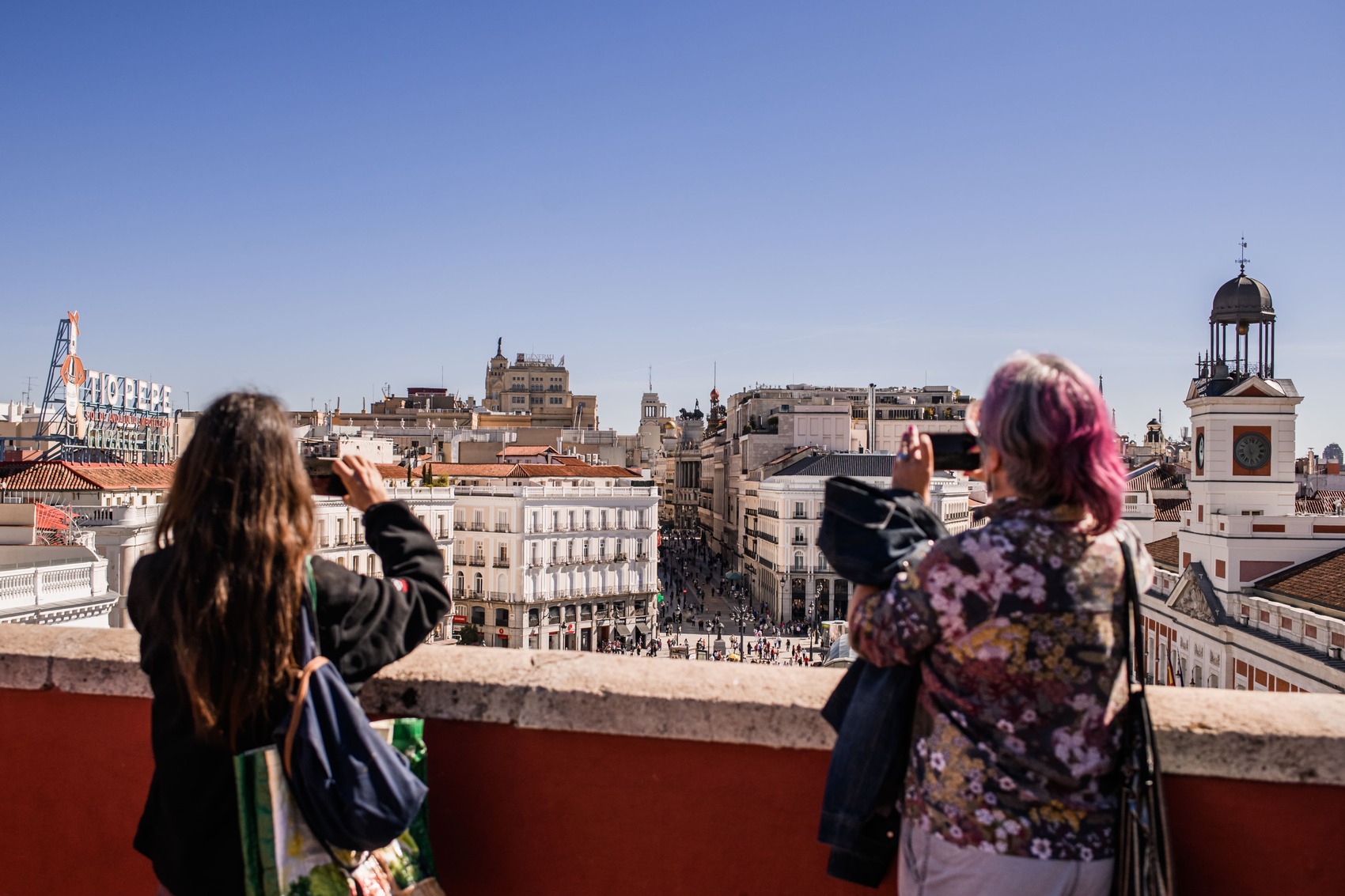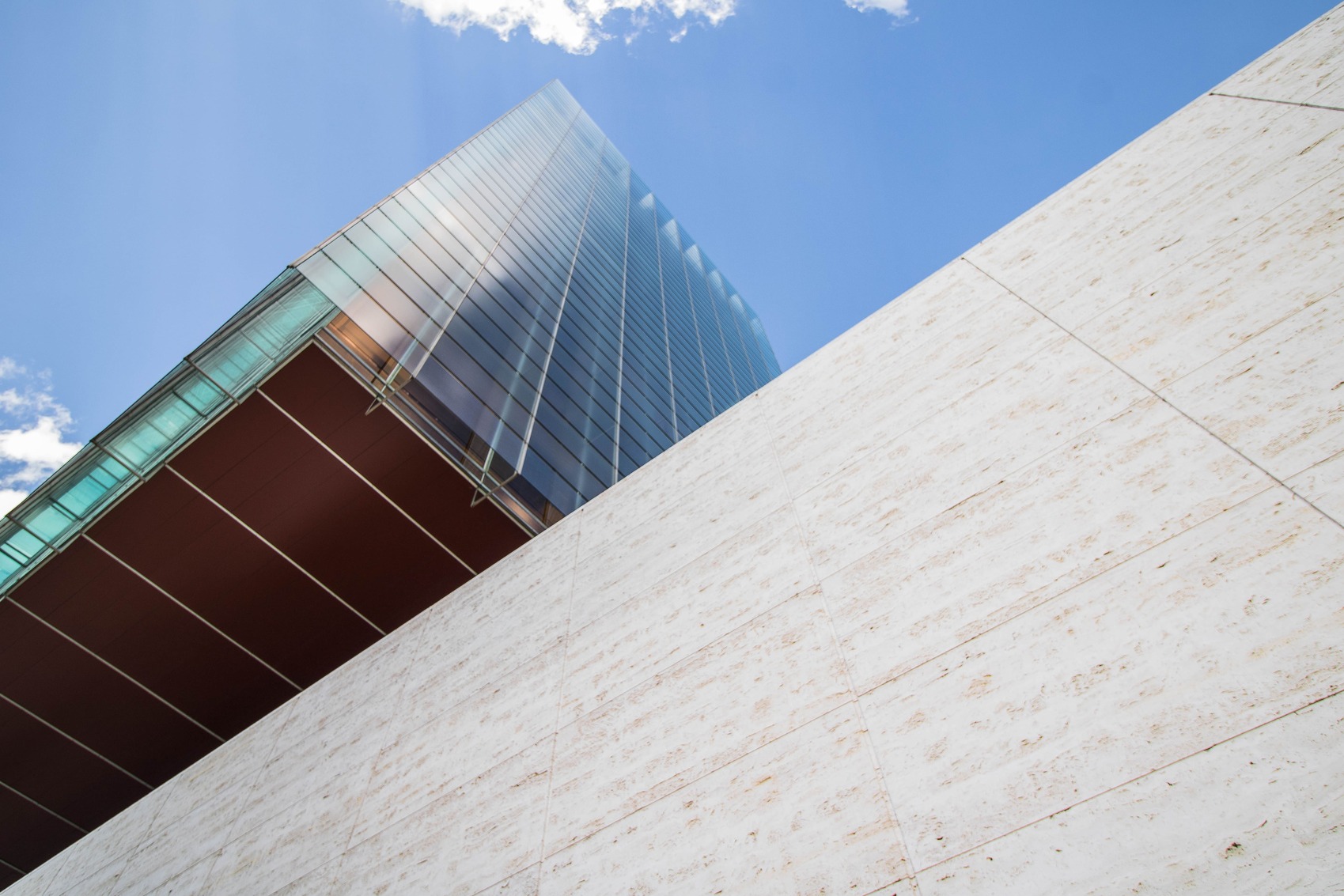Madrid’s architecture festival kicks off its tenth edition
From September 26 to 29, the Open House Madrid festival celebrates ten years under the slogan 'A year of 10'.

Offering visibility to the city and its architecture, highlighting the best projects and the most interesting buildings and publicizing new urban plans are some of the objectives set by Open House Madrid (OHM). Once again this year, for the 10th time, this event has set out to explain architecture in a didactic and clear way. As Paloma Gómez Marín, professor and director of the Master’s Degree in Interior Design at IADE and director of Open House Madrid, told The Sibarist, “our guides are volunteers, architects, students and people who in some way, for hobby or special interest, show the buildings in a plain and interesting way that makes the number of visits increase every year”.
Among the new features this year, the event has been extended from two to four days, the festival has a new image and launches the ‘Friends of Open House Madrid’ initiative, aimed at individuals and companies, in order to support this non-profit event.

Since the first edition in 2015, OHM has made it possible to visit more than a thousand outstanding buildings, introduced more than 300 architecture firms and traced more than 100 routes with architecture as a destination. In total, more than 700,000 people have participated in OHM over the previous nine years. As the organization points out, “its important legacy includes the creation of a meeting place for architecture and citizens, as well as a significant boost to Madrid’s cultural activity and the dissemination of its architectural heritage”.
To celebrate this anniversary, OHM has selected the 10 most representative works of the festival: Hipódromo de la Zarzuela, by Arniches, Domínguez and Torroja; the Castelar building, by Rafael de la Hoz Arderius; the Círculo de Bellas Artes, by Antonio Palacios; Torres Blancas, by Francisco Javier Sáenz de Oiza; the Instituto de Patrimonio Cultural by Fernando Higueras and Antonio Miró; CEDEX, Centro de Estudios Hidrográficos, by Miguel Fisac; the Gimnasio Maravillas, by Alejandro de la Sota; the Barceló cinema-theater, by Luis Gutiérrez Soto; the Pabellón de los Hexágonos, by Corrales and Molezún; and the Auditorio Nacional, by José María García de Paredes. Undoubtedly, 10 jewels of Madrid’s 20th century architecture.
In addition, the festival has created a micro-website where you can consult outstanding data on these ten works of reference. A detail to keep in mind is that three of these architects, namely Antonio Palacios, José María García de Paredes and Rafael de la Hoz Arderius, are especially important for lovers of this discipline because the first is celebrated during 2024 and 2025, the 150th anniversary of his birth; and the second and third the centenary of the birth of both.

Visitors to the festival will be able to discover more than 140 activities, including these ten emblematic buildings, to learn more about Madrid’s architecture. The Galería de las Colecciones Reales, which treasures ten important architecture awards, including the first prize Colegio Oficial de Arquitectos de Madrid (COAM 2016), the FAD for architecture in 2017 and the American Architecture Prize (AAP 2017); the Casa Palacio de la Marquesa Viuda de la Oliva y Nerva, a century-old palace converted into a medical center; the heliport of the iconic Torre Picasso; and the Ilustre Colegio Oficial de los Médicos de Madrid, former Facultad de Medicina de San Carlos, a building considered an Asset of Cultural Interest are three new additions to the long list of visits proposed this year by the festival that has Alcalá de Henares as its guest city. Spaces previously inaccessible to the general public such as the 17th century Corral de Comedias and the Civil War Air Raid Shelter are among the proposals of the city of Alcalá de Henares.
Among the exhibitions, Madrid Moderno, by Luis Asín, architectural photographer, celebrates the festival’s trajectory through nine architectures and will be open at the Minim store; and ‘150 years of Antonio Palacios: the story of his Hotel Florida, curated by Álvaro Bonet with photos also signed by Asín, will be on display at the Bulthaup store.
In addition to the emblematic buildings of all previous editions, in the section on itineraries, the festival proposes: one that invites visitors to discover Alcalá de Henares, a municipality on the UNESCO World Heritage list; a sustainable route, with Andrés Jaque’s Reggio school among the places to visit; another dedicated to Carabanchel, known as Madrid’s Soho, which includes visits to designer studios like ACdO, Casa Antillón and social housing, among other points of interest; and the itinerary ‘Madrid: Architecture of Cinema and Series’, which will highlight from the Railway Museum that served as the setting for ‘Doctor Zivago’, among other films, to the headquarters of the CSIC, which was the backdrop for the first seasons of the series ‘La Casa de Papel’.

What do the OHM architecture festival and The Sibarist have in common? Both proposals celebrate this year a decade of trajectory and The Sibarist has been participating in Open House Madrid for the same number of years. As Silvia Hengstenberg The Sibarist recalls, “we opened our office on October 1, 2014, World Architecture Day, and we started participating in the festival.”
Within the platform of The Sibarist, the ART U READY initiative, created by its founders Silvia Girón and Silvia Hengstenberg Girón, with the aim of “encouraging and acting as a patron in the dissemination of new artists”, celebrates 10 years with the call ‘Thinking the City’. This proposal “is a call to emerging artists who, through their work, reflect and dialogue on the contemporary city, offering unique perspectives on their real experiences, research and desires, from a critical conscience,” they say. The group exhibition with the artists selected by the jury and curated by Asun Rodríguez Montejano will be held within the framework of the OHM festival and the Architecture Week of the Madrid College of Architects.
It is undoubtedly a luxury to be able to visit more than 100 spaces that are not always accessible or have just been inaugurated. OHM belongs to the global network Open House Worldwide, which is held in more than 50 cities around the world with the same goal: to bring architecture closer to citizens and make them more aware that it is crucial in our way of life.
Editor: Beatriz Fabián
Beatriz is a journalist specialized in offline and online editorial content about design, architecture, interior design, art, gastronomy and lifestyle.